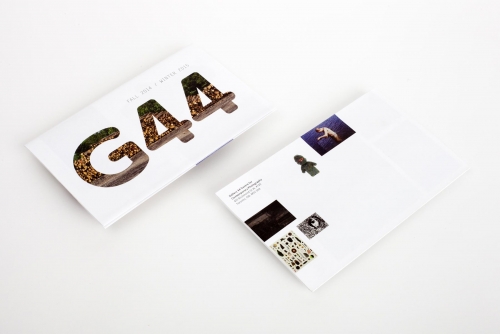
When you lay out text, you need to ask yourself, “What is the content? What’s the copy?” And you think about that meaning when you’re laying it out. You know, of course, that a picture has meaning. That puts type in the same category as other elements of graphic design: Shapes, images, drawings, photos, whatever you have, are all composed, essentially, equally. It was as though the text was just an abstract pattern, with a tint color. This reminds me of the old days, when designers would indicate type on a layout that they were drawing with gray boxes, or gray areas, roughed in with a felt-tip marker.
LETTERSPACE INDESIGN MANUAL
If a headline is not going to fit in one line, and you have spill it into multiple lines, perhaps you can set the type so that it reads one phrase at a time? Many typographers (and the manual I got in the mail is among them) are looking only for the best color for the texture. It’s what we call “phrase ragging.” This is my point today: Phrase ragging is a better way to set type.

Here’s the latest on the pandemic.” Inadvertently, perhaps, each line is a phrase. “As England speeds up its reopening,/ Scotland moves cautiously. The third headline here is downstyle, I guess because it is a promo and not a headline. So the capitalization starts looking random, too. The random rag in the digital editions is made more awkward because the newspaper sticks to “upstyle,” where each noun is capitalized, although pronouns and conjunctions are lower case. That’s against the style.īut with type spewing out on the web, those rules fall by the wayside. The New York Times in print will still never end a headline with a pronoun or a preposition, nor start a line in a head with a lower-case letter. Notice that it ends with the pronoun, “she,” which is a mistake, at least if you had any experience with a newspaper copy desk in the old days. The next headline, same thing: The first line is the longest. Maybe it’s unintentionally poetic, that second line: “But Find That It May Not Be. They may look a little random, but nobody gets too excited. That’s an orphan! You’re sort of used to them on the web. And we see that the third line just has one word. The first one is sort of typical: As many words as possible are fit on the first line, and then text spills over to the second line which comes out shorter.
LETTERSPACE INDESIGN ANDROID
There are three headlines on a page from their Android app. Here’s an example from The New York Times. It’s almost always better than justified type, but there are other issues. Problems come when you use it for shorter pieces of copy-for display type. Long text is one thing, and since the typewriter we’ve been used to ragged right. Coming back to the same place seems more comfortable. Why? Because it’s a little harder to read since you don’t start reading from the same vertical position. Some people like ragged left for captions, or even for some text blocks.

And if the typesetting rules are set that way, you get space between the letters as well in order to justify. My friends in Europe always said ragged right is better for readability than justified type, because the word spacing is even, unlike in justified type where space is added between words in some lines to make them all line up. That’s the way it comes out in word processors, and in most of the text you see on the web. Typically, we see flush-left columns, where lines of type line up on the left and then end unevenly on the right. A rag, of course, is when one side of a column is uneven, not aligned on the margin. This was about typographical widows and orphans and rags.

It was useful explanation of widows, rags, and orphans. The other day I got an e-mail, a kind of typographical “manual,” from one of the big companies in the business. A quick discussion of the best way to rag type.


 0 kommentar(er)
0 kommentar(er)
